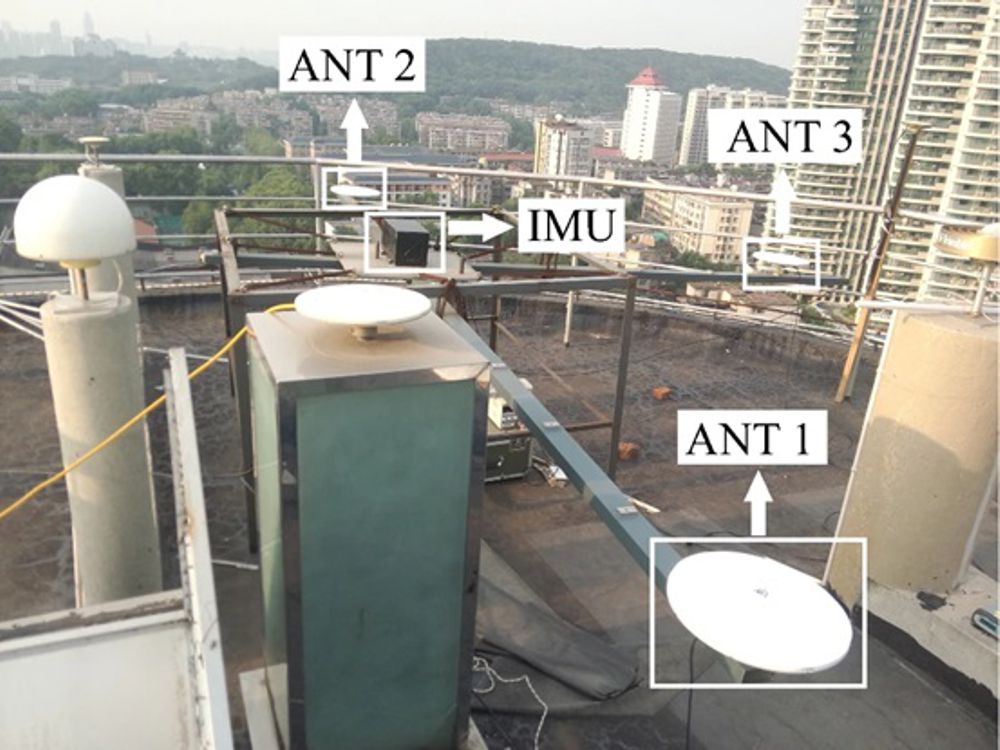GNSS Gyroscopes set to revolutionise Motion Measurement
Attitude information, crucial in scientific and engineering fields, traditionally relies on instruments like gyroscopes for measurement, facing limitations in miniaturization and accuracy over time.
Researchers have now extended Global Navigation Satellite Systems (GNSS) applications to include angular velocity and acceleration measurement, a leap forward based on advancements in computerized accelerometers and GNSS’s success in capturing translational velocity.
A recent study by Kyoto University, published in the Satellite Navigation journal on 19 March 2024, introduces the GNSS gyroscope. This innovation enables precise measurements of motion dynamics, marking a significant breakthrough in motion analysis.
The core methodology involves the intricate processing of high-rate GNSS data, where the team employs advanced regularization techniques to effectively address and mitigate the challenges posed by data noise and the inherent ill-posedness of calculating angular dynamics. Such an approach is paramount, as direct measured outputs of these dynamics are susceptible to significant errors due to the amplification of noise inherent in raw GNSS data.

By conceptualizing GNSS as gyroscopes, this research navigates these complexities, offering a method that boasts both precision and reliability and thus further providing an innovative technology to improve conventional gyroscopes of mechanical, optical and MEMS types for dynamical measurement and beyond. Extensive experimentation forms the backbone of this study’s validation process. Researchers meticulously analysed GNSS data, applying difference methods and regularization to extract angular velocities and accelerations.
The results were revelatory, demonstrating that angular dynamics could be determined with an accuracy and reliability that significantly surpass traditional gyroscopic measurements. This validation not only confirmed the feasibility of the proposed method but also highlighted its superiority in capturing the nuances of motion. A distinguishing feature of this research is its approach to overcoming the significant amplification of noise observed in GNSS attitudes.
Dr. Peiliang Xu, leading the research team, states: “The advent of GNSS gyroscopes marks a significant milestone in our quest for precision in angular dynamics measurement. This technique not only enhances our understanding of object motion but also opens new avenues for applications in various fields, from aerospace to seismology.”
GNSS gyroscopes present a cost-effective, accurate method for measuring angular dynamics, impacting aerospace, automotive safety, robotics, and geophysics. This innovation promises enhanced navigation, better vehicle control, and advancements in earthquake detection through rotational seismology, showcasing its wide-ranging applications.




















